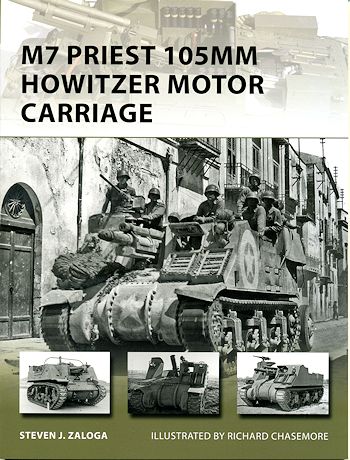 Artillery
aficionados will refer to field artillery as the 'queen of battle', and with
good reason. Artillery is used to try to destroy as much of the enemy's defenses
and kill as many of the defending troops as possible before a battle. It is also
used to deprive the enemy of sleep by firing short barrages at various
intervals, thus making him less effective in combat. Before that, when soldiers
fought in lines, it was used to decimate the closely packed soldiers in that
line. However, artillery had to be moved and it was not a quick function,
requiring a lot of preparation, so it was often relatively far behind the actual
fighting.
Artillery
aficionados will refer to field artillery as the 'queen of battle', and with
good reason. Artillery is used to try to destroy as much of the enemy's defenses
and kill as many of the defending troops as possible before a battle. It is also
used to deprive the enemy of sleep by firing short barrages at various
intervals, thus making him less effective in combat. Before that, when soldiers
fought in lines, it was used to decimate the closely packed soldiers in that
line. However, artillery had to be moved and it was not a quick function,
requiring a lot of preparation, so it was often relatively far behind the actual
fighting.
What was needed was something that could be moved relatively quickly and
keep up with the pace of the battle and movement of troops. This wasn't an issue
during the static fighting of WWI, but WWII was different. In the US, the need
was initially met by fitting 105mm howitzers into the M3 halftrack, making the
US Army's first widely used GMC (gun motor carriage) or HMC (howitzer motor
carrige). But the half track had difficulty handling the terrain and the
fighting compartment was small, not allowing much in the way of ammunition
carriage.
So the M3 and later M4 tank hulls were used to develop what later became
the M7 Priest. It was pretty much what was needed. Able to handle rough terrain
the same as a tank, able to keep up with troop movement and large enough to have
a fairly good stowage of ammunition. It was also more robust and able to
withstand the recoil of the gun.
It was a huge success, much like the StuG was for the Germans, though
the role was different. It was used in all American campaigns in Europe and the
Mediterranean and in the late war in the Pacific where the HMC wasn't required
that much due to the different type of fighting.
The M7 was also developed by the British and Canadians into the Sexton
which also used the M4 tank chassis, but mounted the British 25 pounder. The
Sexton had more ammo storage and using the 25 pounder meant that the Brits did
not have to carry different ammo for the HMC as for the regular towed artillery.
Because the Priest batteries were not on the front lines, losses were quite
small compared to the standard Sherman. The gun continued to be used post war
with many being used in Korea.
Author Zaloga does his usual fine job of telling us the story of the
Priest, from the original need for an HMC through the development, deployment
and modification of the vehicle. This is all complemented by a superb selection
of period photos as well as the art work of Richard Chasemore to bring to us a
well done story of this important piece of Allied war equipment.
A great book to have on your shelf and one that you need to pick up.
August 2013
For more on the complete line of Osprey books,
visit www.ospreypublishing.com. In the US, it is
Osprey Direct at 44-02 23rd St, Suite 219, Long Island City, NY 11101., where you can
get a catalogue of available books.
If you would like your product reviewed fairly and quickly, please
contact
me or see other details in the Note to
Contributors.
 Artillery
aficionados will refer to field artillery as the 'queen of battle', and with
good reason. Artillery is used to try to destroy as much of the enemy's defenses
and kill as many of the defending troops as possible before a battle. It is also
used to deprive the enemy of sleep by firing short barrages at various
intervals, thus making him less effective in combat. Before that, when soldiers
fought in lines, it was used to decimate the closely packed soldiers in that
line. However, artillery had to be moved and it was not a quick function,
requiring a lot of preparation, so it was often relatively far behind the actual
fighting.
Artillery
aficionados will refer to field artillery as the 'queen of battle', and with
good reason. Artillery is used to try to destroy as much of the enemy's defenses
and kill as many of the defending troops as possible before a battle. It is also
used to deprive the enemy of sleep by firing short barrages at various
intervals, thus making him less effective in combat. Before that, when soldiers
fought in lines, it was used to decimate the closely packed soldiers in that
line. However, artillery had to be moved and it was not a quick function,
requiring a lot of preparation, so it was often relatively far behind the actual
fighting.